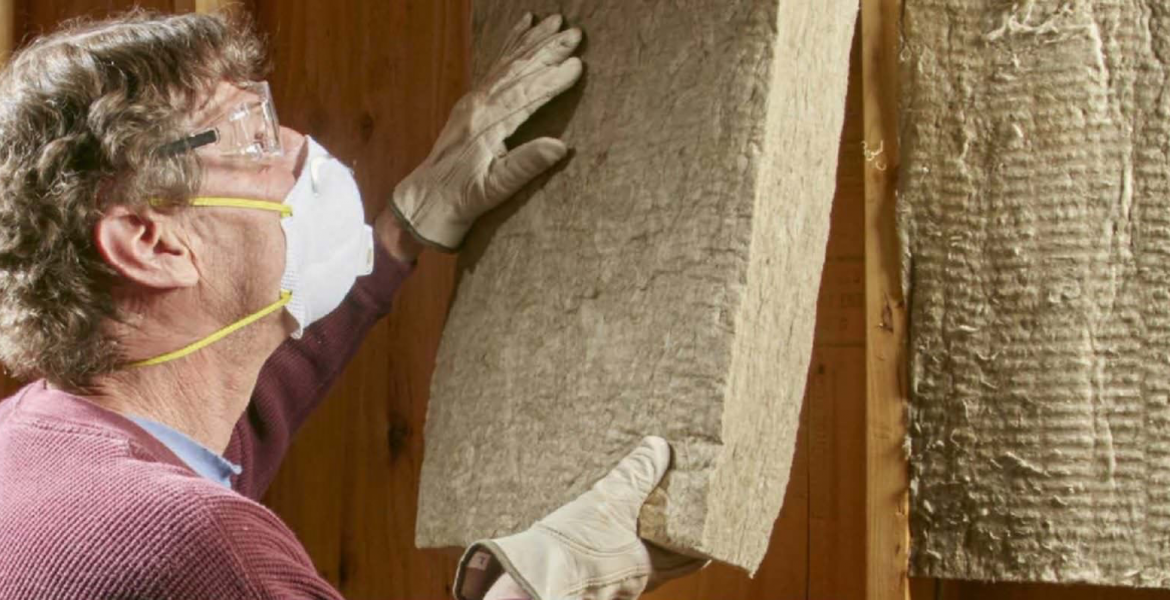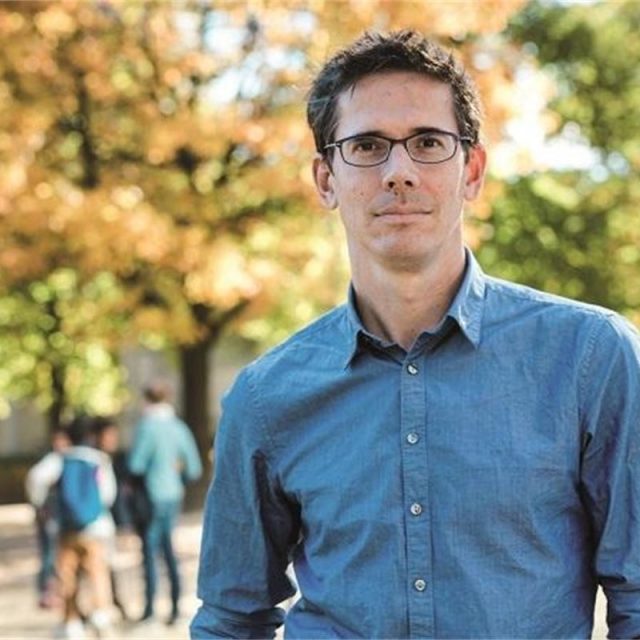Cosmin Rata, the CEO of ROTEAM, a Belgium-based roofing company, has spoken inside the European Parliament about the impact of handling mineral wool (or Man-made Vitreous Fibres, MMVF, as the substance is also known) upon his own health, as well as his fears for his workforce of forty people.
Mr Rata, originally from Romania, described how during the first years of launching his construction business, he came home with red skin every day. “I thought it was just temporary but now I realise it’s quite dangerous. I don’t understand why legislation is so good and strong for asbestos but when it comes to mineral wool, we are lucky to get a couple of lines in tiny print on the packaging to warn us of the dangers. There is no public awareness in Belgium of the risks of handling this substance.”
Mr Rata went on to explain that it is only more recently, looking at studies on the topic, that he realised the danger levels are comparable to those of asbestos and could have caused respiratory problems: “I was a bit scared because I used it myself and worked with that product for several years and I didn’t know the risks and issues. We need to be informed of the risks and then we can take into consideration the need to wear protective items such as gloves, eye masks and facemasks. Or we can choose not to use this product at all. At least with tobacco, we are fully aware of the risks.”
Mineral wool was classified as a carcinogen until 2002. At that time, a newer version of it was declassified. It is now understood that the tests that led to the declassification were flawed. The tests, in 1996 and 2000-2002, were not conducted with mineral wool in the form that it is sold or used by consumers or commercially. Commentators such as Gary Cartwright of EU Today, who wrote a report into the issue in June 2018, say that mineral wool should be re-tested, this time in the form that it is actually sold and used.
Speaking inside the European Parliament, Mr Cartwright said: “It is important to understand that mineral wool or MMVF or Rockwool, the most well-known brand name, is essentially a replacement material for asbestos and of course we all know the dangers of asbestos. It is now emerging that mineral wool itself has health risks that are quite possibly of the same magnitude as those connected to asbestos. However, whereas asbestos is now illegal to use in Europe and some other parts of the world, mineral wool has no such legislation in place.”
Mr Cartwright added: “I have been arguing that we need at an EU level to have legislation in order to make people aware of the risks and the protection measures they should take. If you’re laying mineral wool in your attic, you’ll notice it makes your hands itch. Well, that which is happening to your hands is also happening to your lungs, if you’re not wearing protective clothing, such as an eye mask, gloves and face mask.”
The event inside the European Parliament heard that health and safety legislation and product safety labelling is needed for mineral wool. Construction workers, it was argued, need to be given the full information about what they are handling and that employers need to be aware of any health risks to their employees so that they can take appropriate action to protect them.
The Mineral Wool Association insists that there is no direct link between these disorders and mineral wool.




